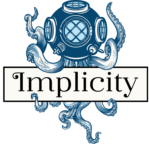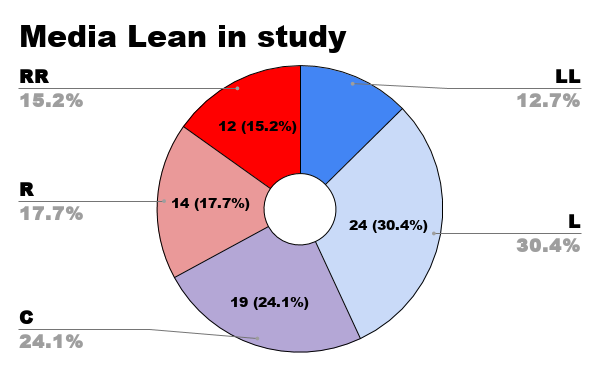Did the coverage of the QAnon phenomenon illustrate a partisan bias in the US media?
QAnon is one of the latest conspiracy theories that Americans have embraced. The pandemic in 2020 may have accelerated that embrace. We wondered if there were any differences in how QAnon was covered in the media according to partisan lean.
Below is a timeline that gives you an overview of the history of QAnon.
Our study
We looked at more than 150 articles from 80 media digital news outlets across the political spectrum. You can find the raw data here. Words and phrases were tabulated by assigned political lean of the outlet.
One way to assess media behavior was to look at visibility bias, or what political actors were named most frequently in our data. What would their presence, or absence, tell us? Was there any significant difference across the political lean? Did the coverage of QAnon change over time?
You can see in our media bias charts that there were some differences. The predominant (digital) media in the United States has a slightly left or centrist lean, though the top ten media outlets are pretty evenly divided between leans left, centrist, and leans right. There’s more information on how our sources were chosen and worked with on our methodology page.
Media bias
Should we be concerned about media bias? Is the bias embedded in the news outlet, or is it in the user? Pew Research released a stunning report last year (pre-pandemic) delineating differences in the way news is generally consumed across the political spectrum. One of the main findings was that Republicans’ trust of media outlets diminished over the last five years, while Democrats’ trust stayed the same.
Another interesting study focused on negativity in the news, stating
As an outcome of the evolutionary process, people are genetically wired to pay close attention to negative news and acquire a news-consuming habit to deviant individuals, ideas, and events.
The rise in visibility of QAnon and its related actors combined with negative media framing of QAnon could have fueled the increase in the spread of the conspiracy. This study’s results indicate that a larger scale version could reveal information about correlations between news media content and public awareness of phenomena. It could be a useful tool in our continual quest to improve the way news media functions.


1 comment